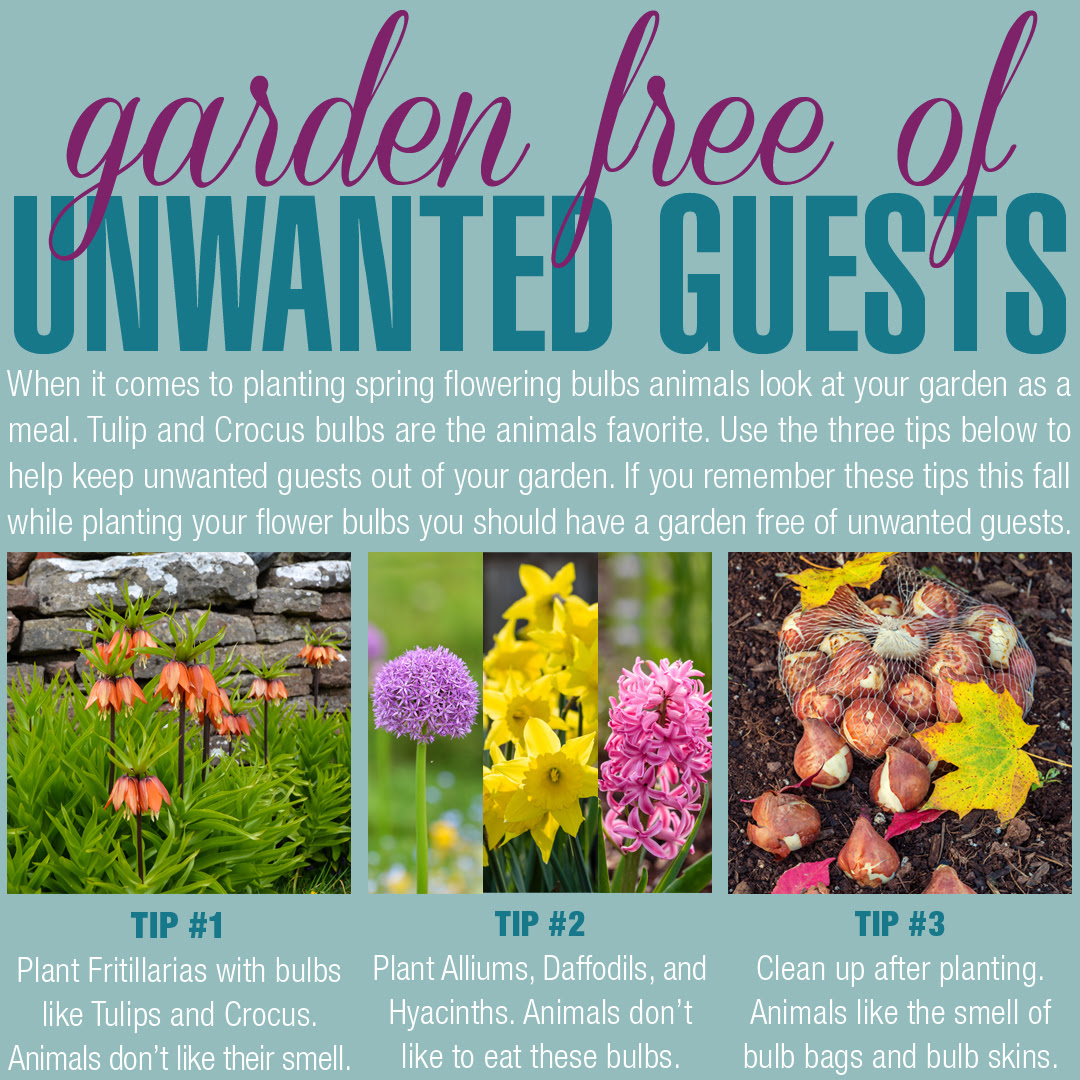
Exotic Flowers in Boston

An Excerpt from The Planter of Modern Life: Louis Bromfield and the Seeds of a Food Revolution
Posted by Rick Canale on Thu, Jul 30, 2020
"Nature continues to take no notice of the imbecilities of mankind and despite even the bad weather the garden and the roses have never been so fine." - Louis Bromfield
Edith Wharton agreed. "Yes; the garden is the last moral life-preserver left, I pity those who haven't it."
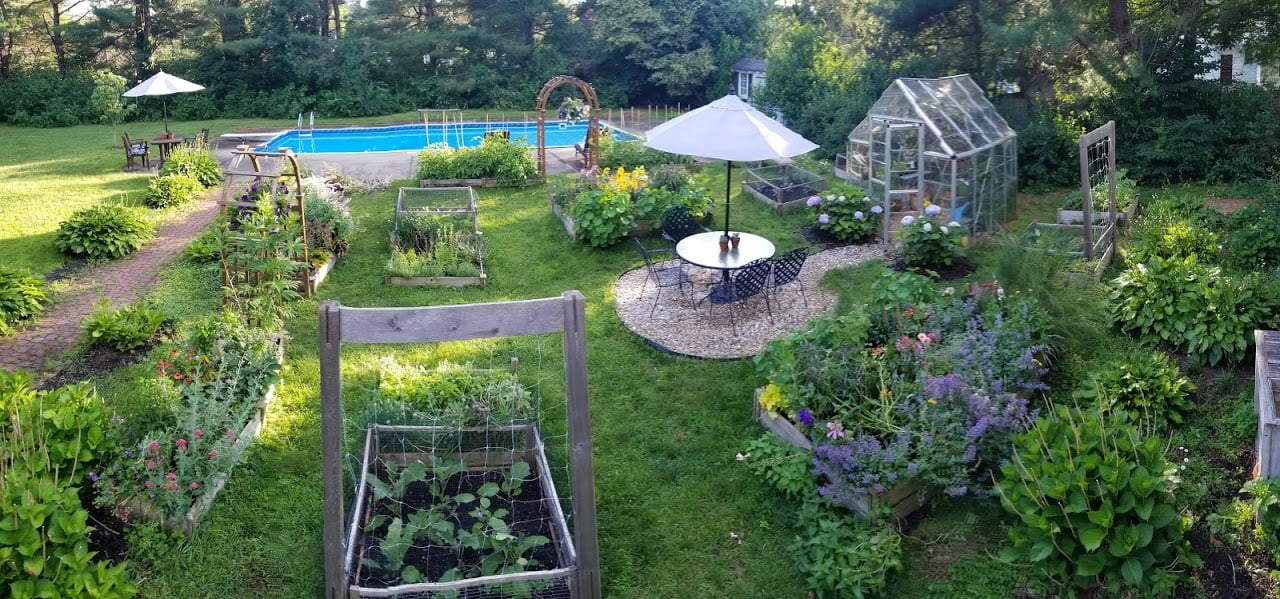
My wife Suzie's incredible backyard paradise.
Gardening like baking has experience a renaissance during the pandemic. In a disorderly world, your garden not only provides order but solace.
Grow your food, plant some herbs. Color in your world with vibrant blooms. Get dirty. Not all medicine comes in a pill.
Tags: Gardening, Books, Suzie Canale, Covid-19
“Urban Gardening” is a term heard quite often in recent years as we’ve witnessed beautiful flower and vegetable beds flourishing on top of Boston’s highest buildings. Once unused and covered in tar, these rooftops are being converted one by one into magnificent, landscaped oasis’ that are incredibly purposeful in their design. Not only are these areas transformed into “green” areas where people can connect with the great outdoors but these gardens are also providing a healthy source of food for their proprietors. Tomatoes, cucumbers, peppers, eggplant and lettuce are just a few of the delicious assortments of crops Bostonians are harvesting right above their ceilings. Depending on the garden, a percentage of produce are sometimes even being donated to local shelters and food pantries, not only promoting healthy eating but also showing kindness to others who are less fortunate. Further implementation of these efforts is also used for local food market inventory and restaurants focusing on the “farm to table” concept. Pretty amazing, right?
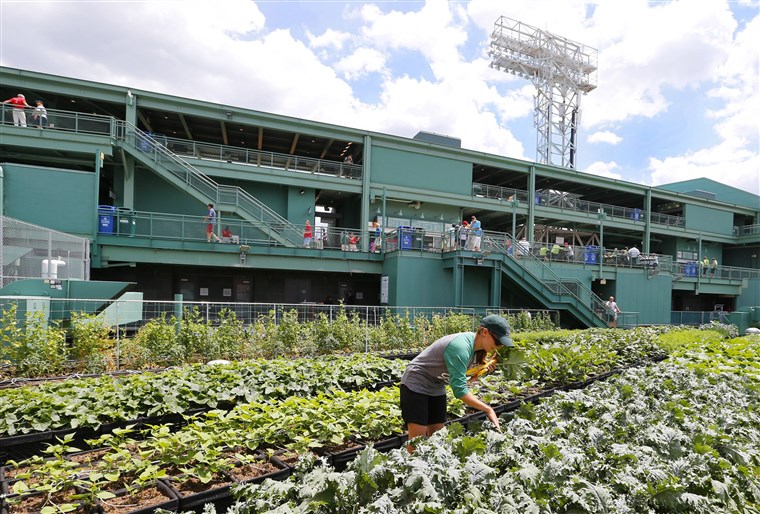 photo via NBC News -
photo via NBC News -
You might ask yourself how a slab of roofing is magically changed into these cultivatable platforms that are hundreds of feet up in the sky? Thankfully, you don’t have to enlist the expertise of a high-priced designer or fancy architect to complete the job. You will on the other hand, need to first make sure that the roof is secure to withstand the weight of a garden. For this job, you might have to hire a pro but once you get the “ok”, you can pretty much do the rest on your own. First, you’ll need to purchase raised bed brackets that are made out of plastic or other light form of material and put them together. Wood gets heavy after its been rained on for a bit so unless you are making this garden on top of steel, stick to other options available. Next, fill the beds with soil adding miracle grow or some other nutrient rich compound. Plant your preferred varieties of fruits and veggies and tend to your crop as it grows.
Did I forget to mention the watering issue? In some cases, it’s possible to install a pipe to have your water connected straight to the roof. If this is true, then things are going to be a little easier than the guy who has to drag up a water bucket on a daily basis. Check it out and do your homework. If it’s a problem a plumber can fix, then do it! If not, find a light weight bucket to do the job. It might take longer but look at it this way… You’ll get a heck of a workout in the process! Wait…
Tags: Gardening, Gardening in Boston, Gardens
Beginning a garden is a wonderful experience. Tilling the soil, planting seeds, watering, loving and eventually- watching it grow can be one of the most magnificent experiences for a person. There is a certain amount of affection and nurturing that flowers and vegetables need to be given in able to transform themselves into living, breathing ecosystems, which inevitably contribute a viable abundance of food and pleasure. Wherever and whenever possible, gardens should be erected no matter what type of sun, soil or space is provided. By cultivating land into these magical, flourishing oases, life on earth would improve exponentially as we know it.
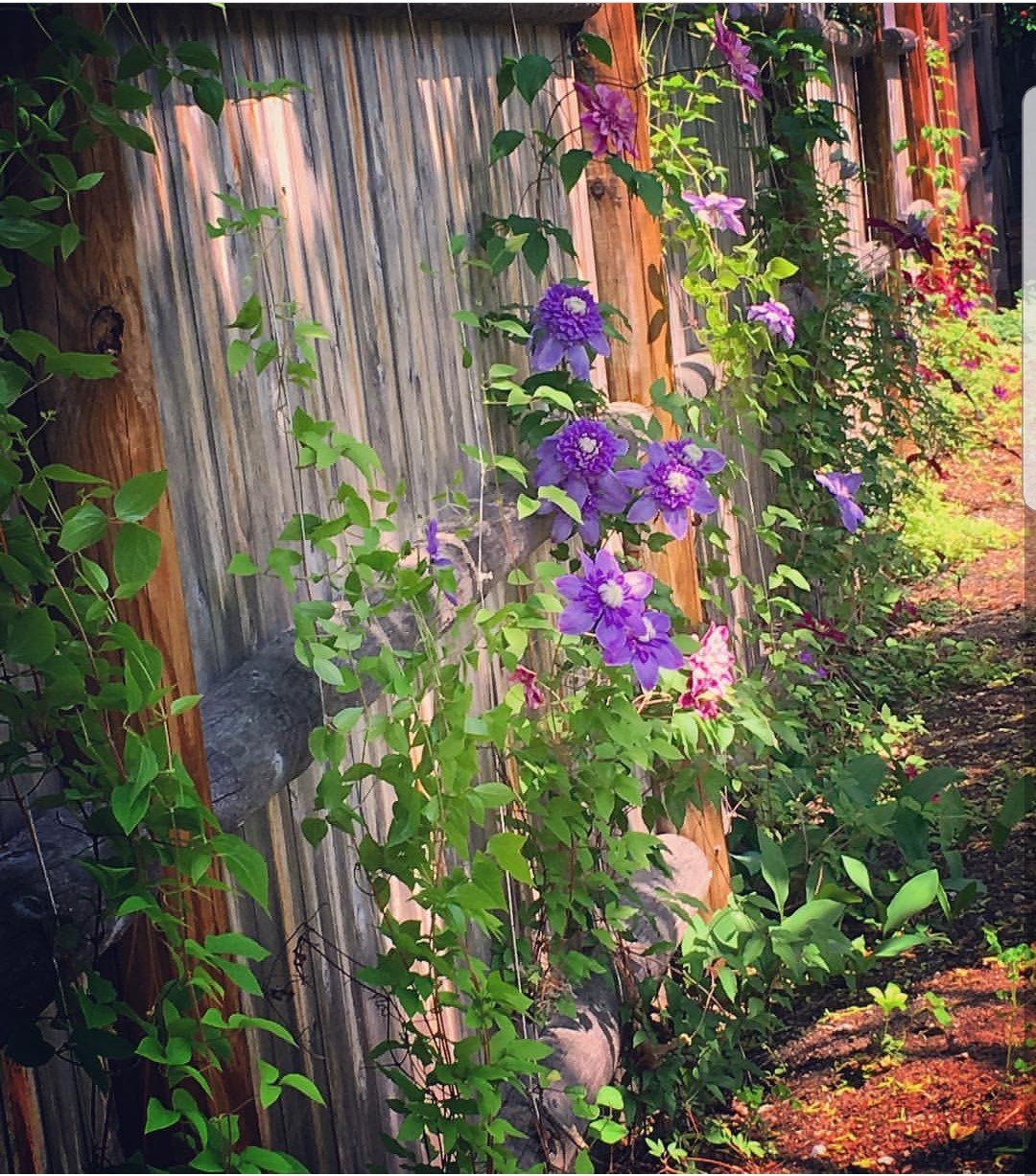
So, what’s easier… Starting your own garden or rejuvenating a new one? The answer to this question is tricky. Depending on where you are and what is already provided for you, rejuvenating a piece of soil that’s once been used beforehand can be just as difficult as starting from scratch. If the property is loaded with broken pots, planters and other unsightly growing apparatus, the space has to be cleared before you can even get a realistic vision of how you want to rebuild. That goes for old annuals that were never pulled from the ground before winterizing or perennials that don’t agree with your taste. Take day lilies for example… While they are a favorite to many, they can be toxic to beds due to the fact that they spread like wild fire and can take over plots quickly if they are not yanked and pulled back. Again, it depends on what your taste is but pumping life back into a garden that has been abandoned can require some pretty heavy lifting. But I’ll tell you; if you have the time and patience, it’s worth the effort!
The truth is that any real gardener usually loves taking over an old and dwindling garden because:
- True farmers never let anything go to waste.
- The soil has been perused which means there is probably great nutrients in the ground, including the waste left by the previously planted plants.
- If there are any signs that perennials once existed, there is a chance they can be brought back to life so you might actually save money. If you have ever seen or read the movie/book, “The Secret Garden” you know what I’m talking about).
- You can continue someone else’s love affair with their garden-we growers are also hopeless romantics.
- Gardeners LOVE a good challenge!
What do you do if you have the opportunity and have no idea where to begin? Here is a check list of all the things to be prepared for. You might be surprised how easy it is to get started!
- Clear the area of all pottery remnants, collect left behind salvageable tools and collect any other clutter artifacts. Put them to the side and do not throw anything out until you are sure you have your plan mapped out. You’ll be surprised how much of it you may end up using.
- Churn the soil with a tiller or hand-held shovel depending on how large the plot is. You want to get to know your garden and what type of earth you will be dealing with. Certain crops grow better in certain areas over others and you’ll want to figure out the acidity, moisture and composition as soon as you can.
- Take it easy the first year and start simple. Add a few of your favorite perennials, locate old plantings that might have a little life still in them and focus on seeds that won’t cost an exorbitant amount of money. It takes a while to get to know your garden and building a plot to what you want it to become is worth the patience. It’s like any other relationship-it takes time to figure out and appreciate one another.
Happy Gardening!
Tags: Gardening, Gardens, garden flowers, Clematis
f you’ve been perusing the nursery scenes lately, you might have seen a cool new way of growing and displaying your favorite blooming flowers. Unlike other planters and pots filled to the brim with spring and summer blooms, there is an interesting method that clever gardeners have invented to optimize growing power while providing a dynamic presentation. “Bag-a-Bloom is a funky container system that yes-is made out of plastic bag material. Usually fashioned in black or forest green, these interesting harvesting contraptions allows you to hang wherever there is a spot available. Depending on the variety used to be planted, long cascades and tendrils can flourish down walls and posts, causing an optimal floral display for all who pass by. I’ve even seen these babies used by restaurants and hotels to create show stopping entryways for an ultimate ambiance splash. For personal consumption, we can hang them on a hook outside front doors or place on gates, poles and trellis archways. Use your imagination when it comes to Bag-a-Bloom styling and here are some ideas to get those wheels turning!
Coleus
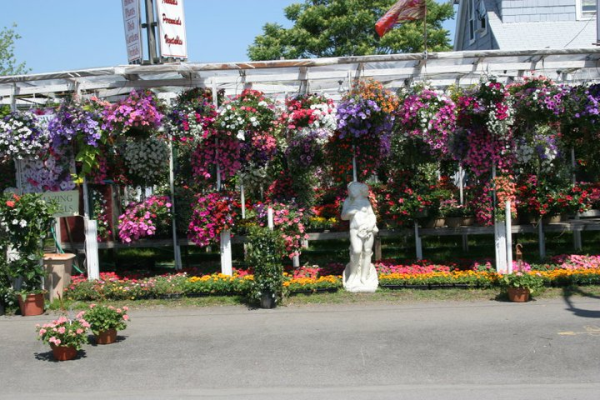
Coleus is an awesome variety of foliage to add in this type of growing vessel because it will appreciate the heat generated within the plastic as well as enable to the roots to firmly situate themselves in the condensed soil. This variety grows in a variety of colors including green, purple and even pink so the overall arrangement is tremendous no matter what type of coleus plants you choose. Conveniently, these flowering bags are only good for one season and since the coleus is an annual, you can just toss the whole thing out in the fall. Remember to hang the bag in a brightly lit area with tons of sunlight and water frequently to keep the plant moist and continuously flowering.
Impatiens
Pansies are probably the top choice for bagged flowers because again, they are an annual that can be discarded at the end of the season plus they are a wonderful spreading décor to hang outside. Impatiens are pretty tough in nature and don’t demand a lot of fussing over if you don’t have the hours to play full time gardener, which keep their demand high with good reasoning. With partial sun to shade flexibility, impatiens bags are a guaranteed winner for gifts or seasonal garnishing.
Tomatoes
Yes-I know. Tomatoes are not a flower but you’ll love growing your own juicy veggies all summer long with the convenience of no large garden patches to tend to. Treating yourself to freshly made salads and other tomato based recipes will become a luxury I guarantee you’ll become accustomed to quite quickly! If you really want to see something spectacular, select a species that possesses long vines and watch a hanging garden appear right before your very eyes!
Tags: Garden Center, Gardening, Outdoor Living, Gardens
Is your garden looking a bit neglected after the winter? Maybe you’ve piled surplus stuff from inside the home to make some extra space? Whatever your reason, it’s time to think about transforming it into a fabulous outdoor space and growing plants from seeds before spring arrives. Giving your garden a spruce-up will not only make it a beautiful and relaxing space to hang out for family and friends, but it can also be rewarding feeling once all the work is done. Here are a few ideas for you to try.
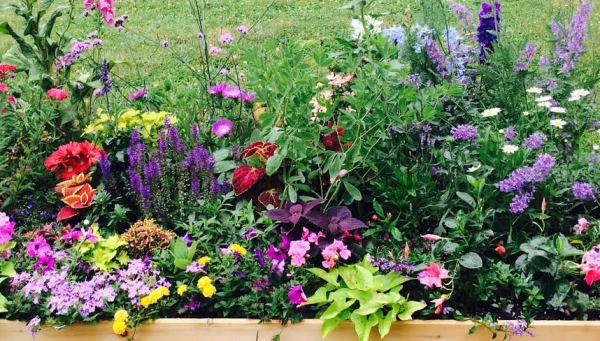
Make it comfortable
Inject a bit of personality into your outdoor space through repainting your fencing, buying or re-purposing garden furniture and decluttering broken or useless junk lying around. Try and think about maximizing the space to make it more comfortable for everyone to enjoy, and that includes making a pet-friendly garden if you have animals. If you want privacy, consider planting tall, evergreen trees which will also provide shade on hot, summer days.
Create a grassy space
Lawn care takes a lot of work to get the lush greenness you want to relax on but it’s not the same if you have to sit on concrete paving stone! Plus, it’s a great space for children to play on. If you’ve already got a lawn, look out for any patches or signs of unhealthiness that have appeared but if you don’t have grassy area then maybe it’s time to consider planted grass seeds. Either way, depending on the size of your space, the chances are you’ll need a handheld spreader for a small space or review broadcast and drop style spreaders for larger areas as they'll allow the area to be covered in a few passes.

Add color
Who doesn’t like the stunning colors of nature’s flowers growing in a garden? Admittedly, it takes a bit of effort to start off but once established you’ll be able to enjoy their beauty in the months to come. There are many ways to brighten up your garden, even on a budget and you should choose different types of species, for example, exotic flowers, edible flowers, annual, etc, to mix it up. It’s important to make sure they’re watered well and receive the right amount of shade or sun they desire and you can either plant from seed or buy in pots from a gardening center.
Whatever you decide to incorporate or add into your garden, it will be a reflection of your style and tastes so makes for a perfect escape in the good weather.
Tags: Gardening, Outdoor Living, Garden
The weather is finally looking up around here, which means it’s time we filled up our leaf bags, mulch the yard and do a little planning for a spring season of landscaping! Many people see this process as a chore but for me- I look forward to the task each year and actually become excited with the possibilities of new plantings I’ve been dreaming of all winter long…. There’s nothing better than gazing at your green thumb efforts once the summer appears so right now is the moment to kick up your gardening to-do’s in high gear! One area that’s a nice place to start is choosing the seeds you would like to feature in your pots, raised beds or lawn props. Might I suggest focusing on the species of blooms you would like to watch blossom up your trellis? Archway trellises are some of the most beautiful places to harvest vine plants that will slowly creep up the sides to make a stunning veil of buds. I myself, have a couple I can’t wait to see covered in strands of brightly colored flowers. If you are in need of a bit of research before you plant around your trellis, here are some of the best varieties that do particularly well in this area of the garden.
Morning Glories: Morning Glories are pretty much a staple flower when matching a bloom to an archway trellis. They exist in a variety of cheery hues and can survive with little fuss from the gardener. Just take a pack of seeds and pour near the base of the structure and they’ll do their own thing throughout the entire summer!
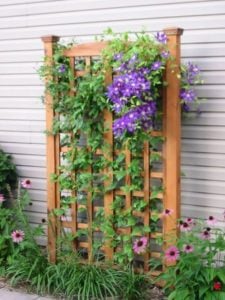
photo via http://handydad.tv/diy-trellis-in-a-weekend
Clematis: These are another great choice and will not disappoint those who want to quickly cover their trellis with wild looking blossoms! Another species growing in many different colors, clematis will return each year in the spring although it will die once the heat appears in July and August.
Ivy Sweet Pea: This particular variety of sweet pea is capable of growing in a cabled vine that is simply gorgeous when scaling poles, arbors and trellises. They are extremely delicate in appearance but manage to take their curly leaves and tiny buds to great lengths if allowed.
Wisteria: Wisteria is very popular in the United States and is able to last for generations if grown in temperate areas with shelter from severe ice. These heads will drop in cone-like shapes and create beautiful overhangs for people to walk underneath as well as provide a pleasant aroma to the air.
As you all well know, I’m a garden lover who looks forward to raising a new batch of crops each and every year. This spring, I was curious to do a little research on ancient horticulture to see what civilizations from long ago used to replenish their beds. As you may have figured, each demographic of the world composes their gardening ritual in their own specific way making the process a specialized skill across thousands of different cultures. One that I found to be particularly interesting was the growing model performed by the ancient Egyptian civilization. Although the country is located across the globe, we can learn a few things about the process and platform utilized to harvest a fascinating scope of plants and flowers.

The Garden, fresco from Nebamun tomb, originally in Thebes, Egypt, now in the British Museum, London, U.K. Painting on plaster, 72 x 62 cm
The first thing we need to know is how important the Nile River was to those who had the duty of planting the gardens. Being the primary source of water, the Nile is responsible for the efficient yet stunning formatting chosen to raise both plants and flowers. As you can see by the side photo, beds were created to resemble a square box instead of a flat surface which here, we are accustomed to seeing. The reason for this complex shaping was to give water a better chance of seeping into the soil instead of being wasted by spillage. By growing a “box-like” containment around their harvests, gardeners believed there was a better chance of keeping their efforts hydrated for longer periods of time.

Gardens of Amun from the Temple of Karnak, painting in the tomb of Nakh, the chief gardener, early 14th century B.C. (Royal Museum of Art and History, Brussels.)
Once we understand how Egyptians kept their crops lavish in such an arid environment, we can begin to look at the specific varieties of flora and fauna they chose to grow. Initially, most gardens were made primarily as a sole source of food, choosing vegetables that were tolerable of the desert conditions. As time evolved, the inclusion of plants began to be added although not for nutritional benefits. Acacia and Sycamore Trees became pleasurable “garnish” as well as small bushes such as Cypress and Olive branches which increased the landscape architecture as well as provided shading. Once plants began to show more popularity in the Egyptian gardening palette, it wasn’t long before the idea of inserting certain species of flowers became the next logical step. Poppies, lotus, anemones and even certain breeds of roses soon appeared, creating a dynamic specimen of beauty with a multi-purpose value of feeding families. Usually seen near temples, gardens then were attempted to be placed inside tombs to pay homage to the Gods of long ago.
Tags: Gardening, Vegetable Garden, Gardens
Our phones have become our lifelines these days, holding millions of bits of information that we believe we require each day. Just by the swipe of your finger, you can access worlds of data leading you everywhere from weather reports and sports stats to bank accounts and social media updates. The cell has really become a major (if primary) source of communication for most of us and thanks to technology, we can find answers to any imaginable question with the proper programming. Another bonus to owning one of these handy gadgets is that users can input their devices beyond basic functions and personalize them to create a unique carrier for hobbies and interests. Are you a beach goer who enjoys frequent trips to the shore but is concerned about arriving only at high tide? Guess what? There’s an app for that. Do you enjoy meditation or a quick session of yoga when you have a few minutes to spare? Guess what? There’s an app for that, too. No matter where your interests lie, you can be sure there’s a specialized program out there just waiting to be downloaded onto your phone-even if you happen to be a flower lover like me.

photo via growit app
Florists and flower enthusiasts will be thrilled to know that geniuses around the world have been successful in inventing several different apps made especially for us which decipher, label and distinguish flora and fauna specimens. You don’t have to carry a huge manual around anymore when you’ve come across a blossom you don’t know which family species it belongs to. Heck no! Now with a tap of your finger and a snap of a picture, you can find out all sorts of information about any flower or plant that exists. Since there are several to choose from, you can browse this list and find the one that perfectly fits your taste to help grow and nourish your knowledge. Designing ideas, centerpiece palette advice and details about where varieties are grown can all be passed down to you in thirty seconds or less. Don’t be worried about extensive costs to set these up because you’ll be happy to know that all of them are free!
Flower Apps
- Garden Flowers Plant ID 6. What’s That Flower
- Garden Guide 7. Ask it to Flowers
- Leaf Snap 8. Parrot Flower Power
- Fungitron 9. Flower House
- GrowIt! 10. Flower Garden Free
Tags: Gardening, Photography, Garden, Apps
We are well into August now and I hate to tell you- but our flowerbeds are coming to an end for another year. It’s sad, I know to see such a beautiful miracle of colorful blooms meet their demise when it seems like we’ve only just started to enjoy the warmer weather. I personally get a little down when the new season shows signs of ascending down upon us and grow weary of the days ahead where my green thumb’s work will be buried underneath mounds of snow. Yes, yes there’s always next year to look forward to but still- if you’re like me, the whole presumption can feel a bit depressing…
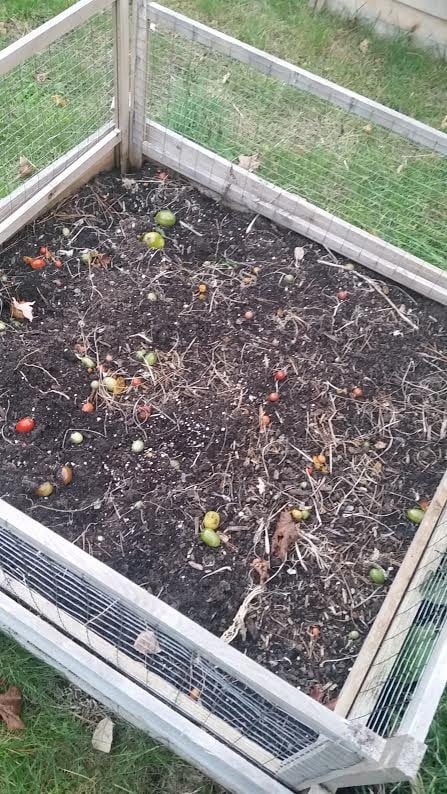
It is for this unavoidable truth that I make sure to bask in the last weeks of summer gardening with feverish tenacity in the hopes that these memories might just carry me through yet another stormy New England winter. Even though we can see the tall stalks of hollyhocks begin to bend and the heads of gigantic sunflowers withering their heads, we can still take it upon ourselves to do some last minute snipping, caring and tending for our beautiful flowers. The generation of gorgeous blooms is a talent that shouldn’t be taken lightly so why should our determination to preserve these triumphants not be weighed as equally? Just by completing a few final floral tasks, we cannot only savor the sweet success of the gardens we’ve created but also encourage next year’s harvest to be one that flourishes healthily. Take a moment to see if you’ve made sure your garden remains in good hands for the colder temperatures and don’t forget to snap a couple of final pictures to last you until next April!
- Clean out all debris surrounding the plants to make spring-cleaning a little easier next April. You’ll thank me later…
- If you have pine needles nearby, sprinkle some at the base of the plants. If we have a frigid winter, your flowers will thank you for the extra blanket.
- Remove shoot perennials that have sprung from the master source to avoid unwanted spreading that might choke other root systems.
- Make a vase of cut flowers that are still blooming. You might as well make a bouquet for yourself!
Tags: Gardening, Gardening in Boston, winter, August, Garden
